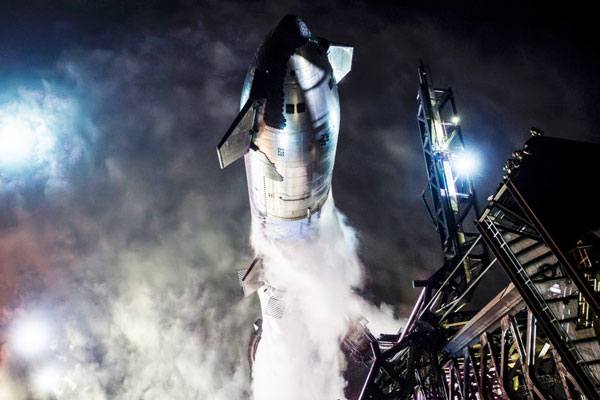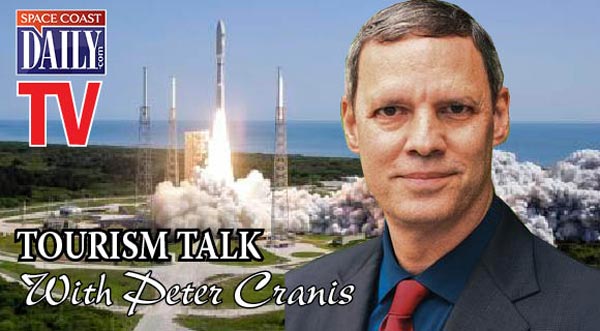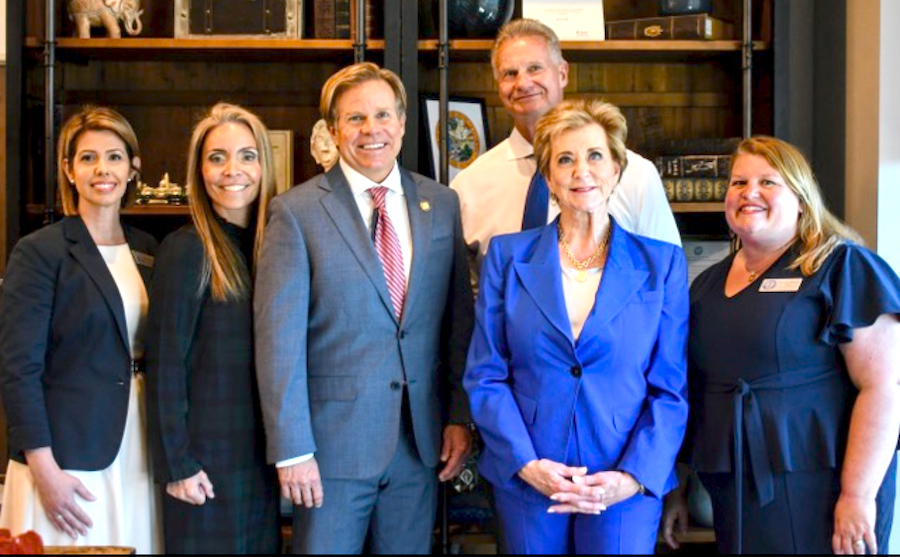SpaceX Targets Launch of Starship Flight 9 May 27 from Starbase Facility in South Texas
By Space Coast Daily // May 27, 2025
NASA & SPACE NEWS

While SpaceX has yet to officially confirm the launch date for Flight 9, FAA-issued temporary flight restrictions suggest the company is targeting a launch as early as May 27.
BOCA CHICA, TEXAS – SpaceX is preparing for the highly anticipated launch of Starship Flight 9, currently scheduled to lift off no earlier than Tuesday, May 27, at 7:30 p.m. EDT from the company’s Starbase facility in South Texas.
The mission marks the ninth test flight of the fully integrated Starship system and includes the first reflight of the powerful Super Heavy booster.
The planned launch window may shift depending on technical readiness and weather conditions. As in past missions, SpaceX will likely follow a 30-minute window, which could place the launch between 7:30 and 8 p.m. EDT.
Road closures around Starbase are authorized through May 29, providing backup opportunities on the 28th and 29th if needed.
This test follows two prior flight attempts earlier this year—Flights 7 and 8, which experienced partial failures. While the Super Heavy booster was successfully recovered using the company’s launch tower arms, the upper-stage Ship failed to complete its objectives.
Flight 9 is notable for being the first time a Super Heavy booster is being reused.
The booster used in January’s Flight 7 will fly again, with only four of its 33 Raptor engines replaced. The mission tests key reusability components, including in-space operations, engine restarts, and a soft landing in the Gulf of Mexico.
The complete Starship vehicle stands approximately 400 feet (122 meters) tall, making it the tallest and most powerful rocket ever built. SpaceX intends to use the fully reusable vehicle for future missions to low Earth orbit, the Moon, and eventually Mars.

The Flight 9 mission is expected to last just over one hour. During that time, the upper-stage Starship will attempt to complete several in-space tests, including releasing eight Starlink simulator payloads. These simulators, similar in size to the company’s next-gen satellites, will follow a suborbital trajectory and are expected to disintegrate during reentry.
The flight also includes a test of in-space engine reignition, a critical capability for future orbital and interplanetary missions.
Unlike earlier missions, the Super Heavy booster on this flight will not attempt a return to the launch site. Instead, it will perform a controlled descent and soft splashdown in the Gulf of Mexico to evaluate offshore recovery techniques.
SpaceX has emphasized that all timelines are subject to change, and real-time updates will be shared via the company’s X account.
“With this return-to-flight determination, Flight 9 has been cleared for launch,” the FAA said. “SpaceX continues to comply with stringent safety, environmental, and licensing criteria.”
One notable adjustment for Flight 9 is the expansion of airspace safety zones—aircraft hazard areas. These areas are designed to prevent aircraft from entering regions where debris might fall in the event of a launch failure. An updated environmental assessment found a higher likelihood of failure based on recent launch issues, prompting the expansion.
According to the FAA, the AHA for Flight 9 stretches approximately 1,600 nautical miles eastward from Starbase, covering areas such as the Bahamas and Turks and Caicos Islands. For comparison, the Flight 8 hazard area covered 885 nautical miles.
The wider safety zone is also partly due to SpaceX’s plan to reuse a previously launched Super Heavy booster for the first time on Flight 9.
“Based on the new safety analysis and the introduction of a reused booster, the FAA is increasing hazard areas both within the United States and internationally,” the agency noted.












